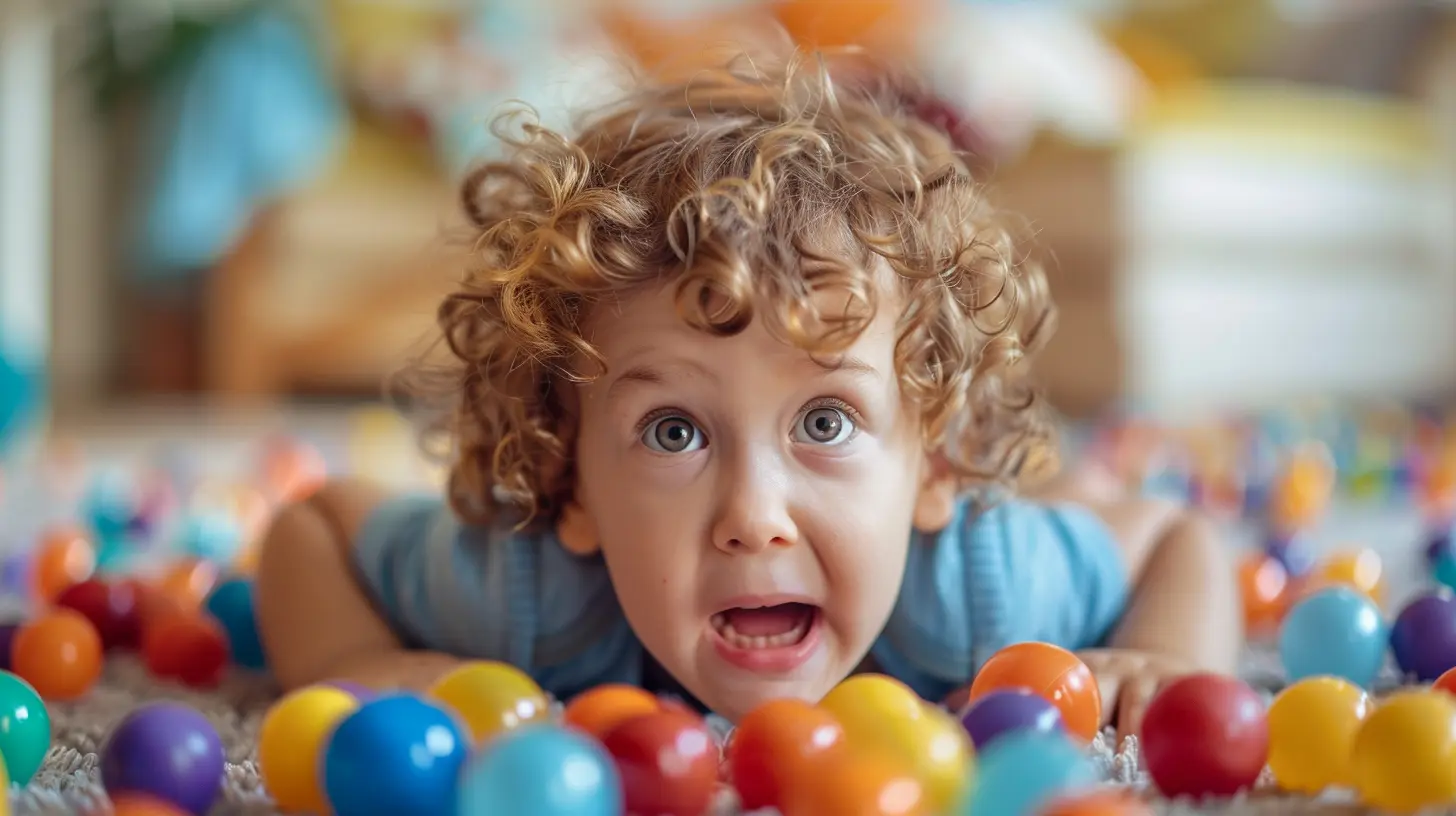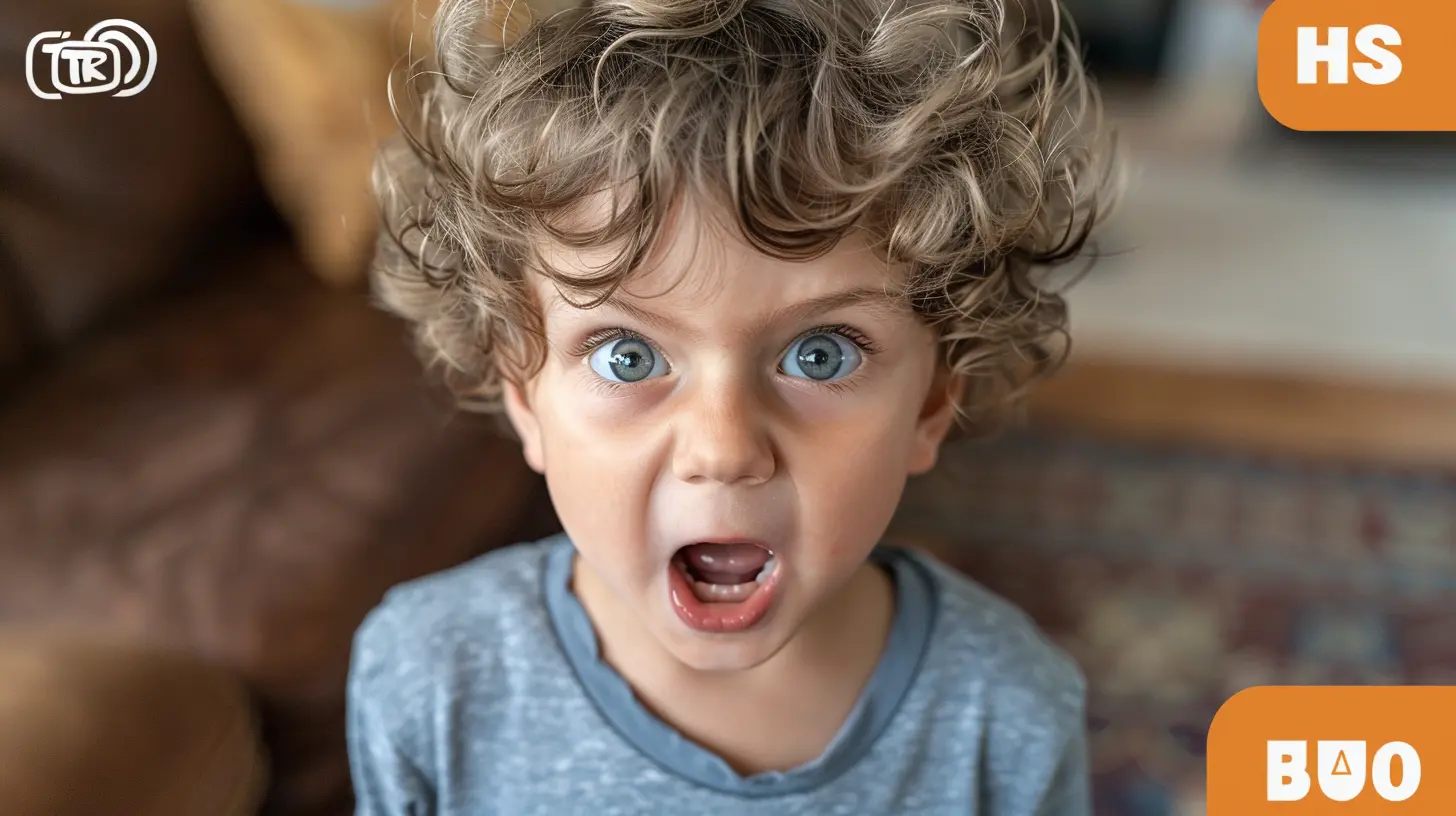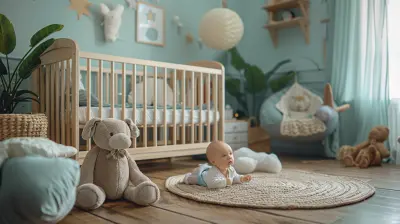Preparing Toddlers for Change to Avoid Tantrum Triggers
20 August 2025
Change is tough… especially when you’re two, three, or four years old and used to life happening a certain way. Any shift—even small ones like a new sippy cup or a different bedtime—can cause a toddler meltdown that leaves both parent and child emotionally drained.
But here’s the thing—while you can’t avoid all tantrums (they come with the territory), you can significantly reduce them. One of the most powerful tools in your parenting toolbox? Preparation.
In this article, we’re diving into how to prepare toddlers for change to avoid tantrum triggers. Whether it’s a new daycare, a family move, or just transitioning from playtime to dinnertime, we’ve got your back with actionable, real-world strategies that actually work.

Why Toddlers Struggle With Change
Before we talk solutions, we need to understand the “why.” Toddlers are creatures of habit. They thrive on routine because it gives them a sense of control in a world that can feel overwhelming. When that routine shifts—even slightly—it can feel like the rug’s been pulled out from under them.Think about it like this: Imagine being dropped into a foreign country with no warning, no map, and no idea what’s going on. Overwhelmed yet? That’s how toddlers feel when change hits without preparation.
Their little brains are still developing key skills like emotional regulation, language for expressing feelings, and the ability to anticipate future events. So, when something unfamiliar shows up unannounced, their default response? Tantrum.

Common Changes That Trigger Tantrums
Let’s look at some typical changes that frequently trigger toddler tantrums:- Transitioning from one activity to another (e.g., leaving the playground)
- Moving to a new home
- Introducing a new sibling
- Starting daycare or preschool
- Changes in caregiver or routine
- Traveling or vacations
- Switching from crib to bed
- Potty training or changes in hygiene routines
Even positive changes—like a fun trip or a brand-new toy—can be overwhelming without proper preparation.
1. The Power of Predictability
One of the best ways to help toddlers cope with change is to create predictability wherever possible. Kids feel safer when they know what’s coming next.Create a Visual Schedule
A simple chart with pictures representing different parts of the day (morning routine, playtime, meals, bath, bedtime) can help toddlers “see” their day. Toddlers might not be able to read, but they sure understand images!Visual schedules are brilliant when introducing a new routine, like starting preschool. You can add photos of the school, teacher, and even the new lunchbox to make it feel familiar before day one.
Use Transitional Cues
Giving a five-minute warning before transitioning helps toddlers mentally prepare. You might say, “Five more minutes, then it’s time to clean up.” Even better? Use a timer, so the cue becomes consistent and predictable over time.Toddlers like to feel in control, and countdowns give them that little cushion to adjust.
2. Talk It Through (More Than Once)
Talking to your toddler about upcoming changes—several times, in simple language—can make a world of difference.Keep It Simple and Repetitive
Say the same information in the same way repeatedly. Toddlers thrive on repetition. For example: “Tomorrow, we’re going to visit your new school. Your teacher’s name is Ms. Sara. You’ll play with toys and make new friends.”Repeat. Then repeat again.
Use Storytelling
Make up a short story about the upcoming change starring your child. For example: “Once there was a little boy who moved to a big new house. He brought his favorite blanket and made a new cozy bed. He loved the backyard and even found a new swing!”Stories work wonders—they help your toddler connect emotionally and mentally prepare.
3. Practice Makes Progress
If a big change is on the horizon, let your toddler experience it in small doses first.Do a Trial Run
Is daycare or preschool starting soon? Visit the classroom together for a short stay. Let them explore while you’re nearby. This builds familiarity, which reduces anxiety, which decreases tantrums.Role-Play At Home
Use dolls, action figures, or stuffed animals to act out scenarios like starting school or going to the doctor. This gives your child a safe space to process emotions.Let them take the lead in the role-play. You’ll be amazed at what they reveal about their feelings.
4. Involve Them in the Change
Toddlers love feeling included. Giving them a sense of control—even in small ways—can prevent many tantrum triggers.Let Them Make Choices
Instead of forcing all decisions, offer limited choices. Instead of “You’re wearing this shirt,” try “Do you want the red shirt or the blue one?”Moving to a new house? Let them pick their wall color or help pack their toys. Going on a trip? Let them choose which stuffed animal to bring.
Give Them a “Job”
Even tiny responsibilities help toddlers feel empowered. You could say, “We are going to visit Grandma. Your job is to carry your book bag.” Giving them ownership decreases fear and resistance.5. Keep Routines Consistent
Even when everything else is changing, try to maintain your toddler’s basic routines for sleep, meals, and quiet time. These anchors are calming and grounding.Missing a nap during a family move? Boom—tantrum central. Getting a full night’s sleep on vacation? Way less meltdowns.
Create consistency where you can, and be flexible where you can't—just communicate clearly about what will be different and what will stay the same.
6. Validate Emotions (Even the Ugly Ones)
No matter how well-prepared your toddler is, emotional outbursts will likely still happen. And that’s okay.Don’t Dismiss Their Feelings
Say things like: “I know you’re sad we had to leave the park. It’s okay to feel sad.” Instead of jumping into distraction mode, sit with them in their emotions.Acknowledging their feelings helps toddlers learn to identify and express emotions in healthier ways.
Stay Calm Yourself
Your tone, body language, and energy set the tone. If you’re freaking out, they’ll freak out more. Think of yourself like a lighthouse in a storm—grounded, calm, and steady. That’s what your toddler needs (and secretly wants).7. Prepare Yourself, Too
Let’s be honest—handling toddler transitions can wear you thin. If you're stressed, your child will feel it. So, carve out time to mentally prep yourself before introducing big changes.Try journaling your worries, talking them through with a friend, or just taking 10 deep breaths while hiding in the bathroom (we’ve all been there!).
Being emotionally available for your toddler starts with being emotionally aware yourself.
8. Use Books to Introduce Changes
Books are fantastic tools for introducing children to new experiences. There are books about going to the dentist, moving houses, getting a new sibling, and more. Find stories that align with your child’s upcoming change and read them regularly.Some great ones include:
- _The Kissing Hand_ by Audrey Penn (starting school)
- _A New Baby Is Coming_ by Emily Menendez-Aponte (new sibling)
- _Big Enough for a Bed_ by Apple Jordan (moving from crib to bed)
Books help normalize big emotions and give children language they can use.
9. Celebrate Milestones
When a change goes well, make a big deal of it! Positive reinforcement helps toddlers associate change with good feelings.Did they spend their first day at preschool without a meltdown? High five, sticker chart, or a small special treat—it doesn’t take much. Toddlers thrive on praise, especially when it’s specific: “Wow, you were so brave today when we tried something new!”
Real Talk: It Won’t Always Be Smooth
Even with preparation, some changes will trigger big reactions. That’s part of raising toddlers. But when we take the time to clue them in, involve them in the process, and make space for their feelings, we set the stage for smoother transitions and stronger emotional skills long-term.When things get tough, remember: change is hard, but it’s also an amazing teacher. For both of you.
Final Thoughts
Preparing toddlers for change doesn’t have to be complicated. It just takes a little intention. Keep it simple, stay consistent, talk it through, and make sure your child feels safe, seen, and heard.Tantrums may not vanish completely, but they’ll lessen—and more importantly, your toddler will grow into a child who trusts that you’ve got their back, no matter what comes next.
Because isn’t that what parenting’s all about?
all images in this post were generated using AI tools
Category:
Tantrum TipsAuthor:

Maya Underwood
Discussion
rate this article
1 comments
Oriana Wade
Great tips! Preparing my toddler for change has really helped reduce those pesky tantrums. Thank you!
September 4, 2025 at 2:22 AM

Maya Underwood
Thank you for your feedback! I'm glad to hear that the tips have been helpful for you and your toddler!


